History of Brest Museum
Extraordinary stories about the western Belarusian city
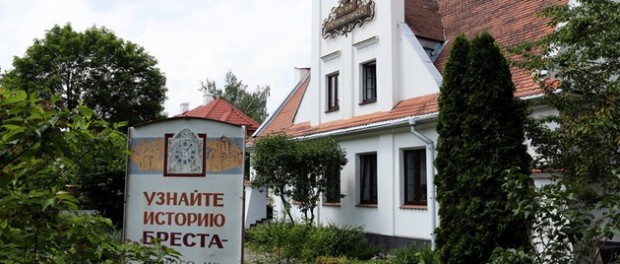 History of Brest Museum
History of Brest Museum
Even if you do not reside in Brest, have never been to Brest, or are just particularly bad at navigating with Google Maps, finding the Museum of the City of Brest (also called the Museum of the History of the City, or “Muzey Istori Goroda”) will not difficult. Just get off the train, go up the footbridge crossing the tracks, continue on for a block southward from the other side, turn left (vulitsa Mitskevicha), and you’ll see the First of May city park straight ahead. Total walking time should be about five minutes from railway station platform to the second building past vulitsa Lienina on vulitsa Levaneuskaha (what Mitskevicha turns into on the other side). It’s important not to overshoot the location, and to not make a wrong turn.
This quiet, park-side location, a stately house with red-tiled roof reminiscent of a gentry estate, is the place. There are a few more houses on Lienina that are similar to it; the architectural style was typical of Brest in the early 20th century. Architect Julian Lisiecki designed it to put into practice the concept of a Garden City, combining the best of town and country. Next to the museum is a rare yellow specimen of old “Moskvich” car. Only you can’t very close to it – it’s the building of the regional administration of the Ministry of Defense.
Inside the museum, the first floor is not far removed from its original design as an inhabited dwelling – a living room, study, kitchen and dining room could be made out behind displays that showcase the nearly 1,000 years of known history of the city. Brest was formed as Berestye sometime before Kyivan Rus took the stronghold from the Poles in 1019, an event that marks its first mention in the Primary Chronicle of that ancient Grand Principality. The first room contains copies of ancient tomes, arms, and the works of contemporary artists depicting ancient times.
In the next room, visitors enter into the Middle Ages. It was after the city was rebuilt in 1275 by the Principality of Halych-Volhynia (most likely using resettled Dregoviches from the swamps further east) following the Mongol invasion that it took on its present name, Brest. Gediminas seized the city less than a half-century after its restoration, rendering it part of Lithuania. In 1390, during the middle of a civil war between cousins King Jagaila of Poland and Grand Duke Vytautas the Great, the city was granted Magdeburg Rights, a medieval form of internal autonomy.
Later, Nikolai Radziwill, nicknamed Nikolai the Black, founded a printing press in the 16th century, the first ever to operate in Belarus, and built from it a fortune. The Brest Bible was his most famous example of typography, a facsimile of which is on display here, complete with engravings and initials. A century later, a series of wars called, appropriately, “the Deluge” between Sweden, Poland-Lithuania, and Russia, drove the city to the island where today sits the ruins of Brest Fortress. By that time, the surviving stronghold had achieved enough prestige to warrant a mint for copper Lithuanian coins. This was the first mint ever to operate in Belarus.
Brest was also the site of Belarus’ second pharmacy, founded in 1566 (which followed by five years the founding of the first at Pinsk). However, in other achievement, the city was first. Brest was the site of the first school theater, a cultural phenomenon that superseded the more portable Batleika puppet shows in the 16th century, the first roadside inns (“dorogi gostintsy”), and the first factories. All this evidence of the city’s rich history looks back at you from behind glass. Ah, but if only the Brest Bible were the original… ask the curator where you can go to see the original.
Additional to all this is a detailed map of 18th century Brest, which can be seen on a huge diagram. The medieval town plan is shown on a huge canvas set on the wall, showing the homes of such famous historical persons as Leu Sapieha, the Radziwill family, and Stefan Batory. There is even a home assigned to Cornet Alexander Griboyedov, who famously wrote Woe from Wit (“Gore ot uma”), and much later died while leading an ill-fated legation to Persia at the end of the war that defined the present border between Iran and Azerbaijan. He was assigned to this city after Napoleon’s army was repulsed from Russia late in 1812, and remained here until 1815, when he finally returned to Moscow after the end of the Napoleonic Wars. His “Letter from Brest-Litovsk to the Publisher” (“Pismo iz Brest-Litovska k izdatelyu”), intended for public consumption, was well received by Imperial Russian audiences.
The second floor contains rooms that have been stylized in the manner of an ordinary early 20th century Brest family home. Many items in the room are in working condition, such as the old gramophone and the large music box. Included among the papers are a city map and cartoons from the era. The changes to the style that Belarusian homes are kept today are telling of the changes that followed this peaceful time through two of the greatest wars of the century.
Though the Museum of the History of the City tells comprehensively how this city grew up to the days that it was awarded the title of Hero City after the close of World War II, this stop should not be the only thing a traveler sees in Brest. Returning to vulitsa Lienina, taking a right, away from the train station, will lead the visitor past much of the center of the city. Taking a further right, walking past the Brest Railway Museum, the intrepid city explorer will come right to one of the entrances to the Brest Fortress, the city’s most famous landmark.
Address: Levaneuskaha St. 3, Brest
Hours: Wed.-Sun. 10 a.m. to 6 p.m. (Closed Mondays and Tuesdays)
Admission: 12,000 BYR (about 1.20 USD) for adults, 6,000 BYR for primary and secondary students, 7,000 BYR for university students. Guided tours through the 2014 tourist season are 55,000 BYR. Payment in Belarusian currency only.
Text: Aliaksandra Matskova
 Translated from Belkart’s Museum of Belarus website. This project is dedicated for popularisation of historical heritage of Belarus. Belkart is a national payment system of Belarus.
Translated from Belkart’s Museum of Belarus website. This project is dedicated for popularisation of historical heritage of Belarus. Belkart is a national payment system of Belarus.

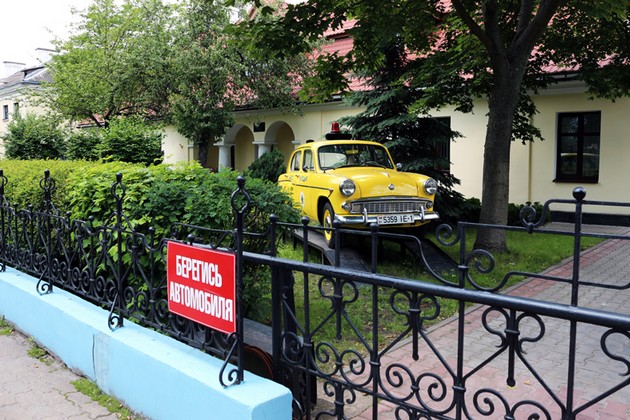
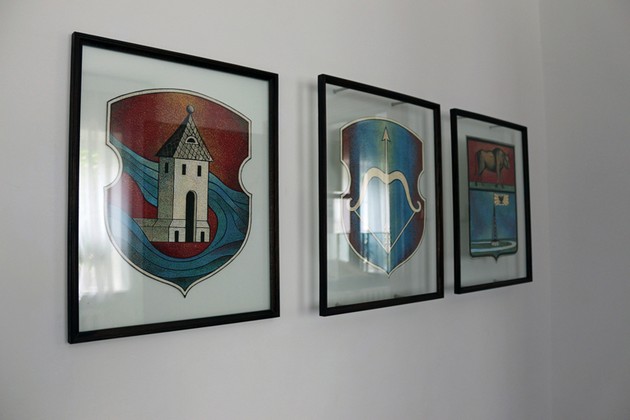
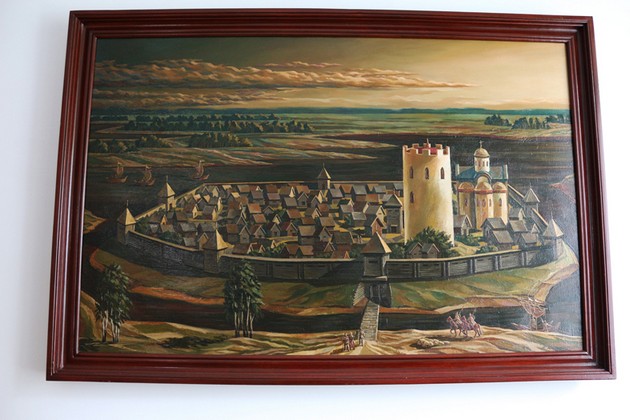
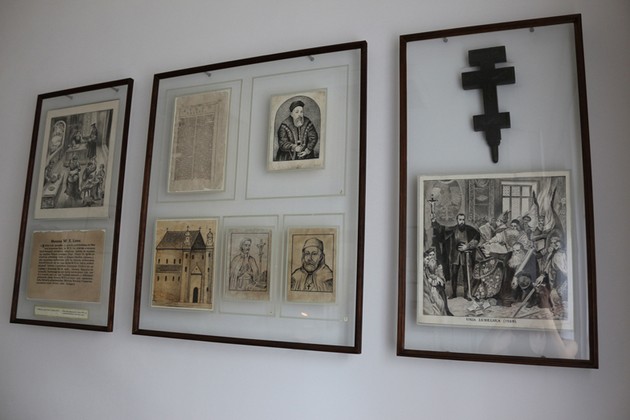

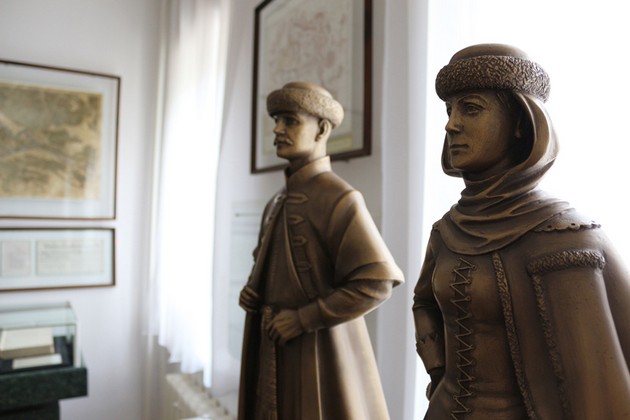
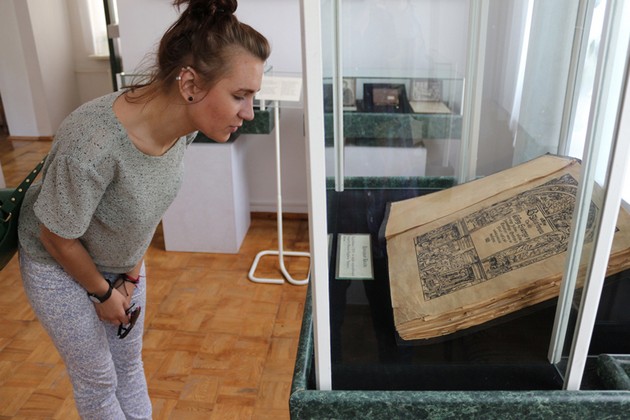
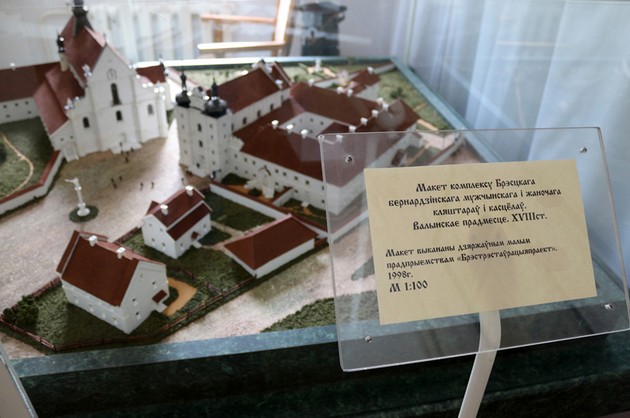
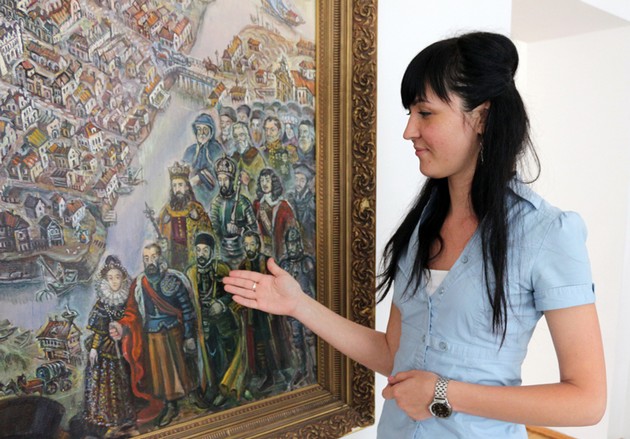
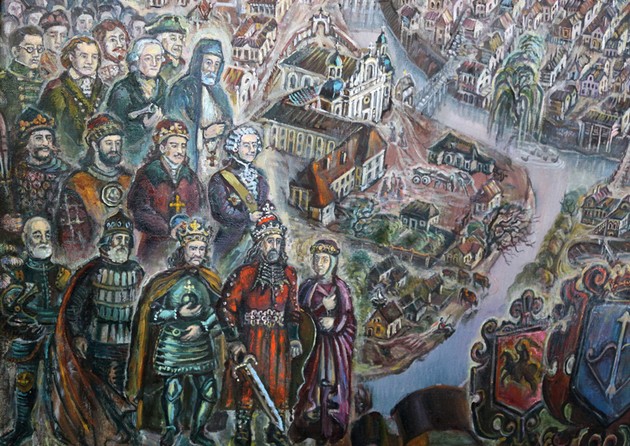
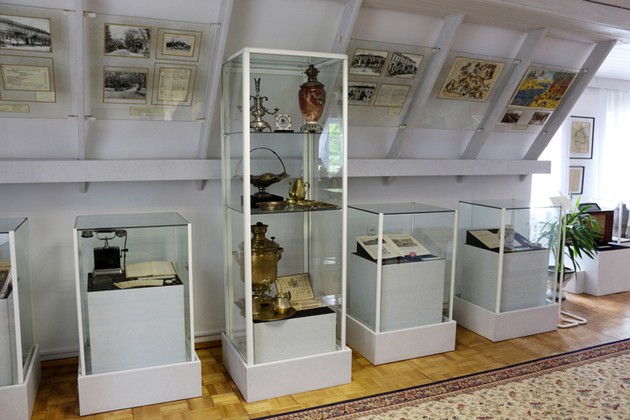
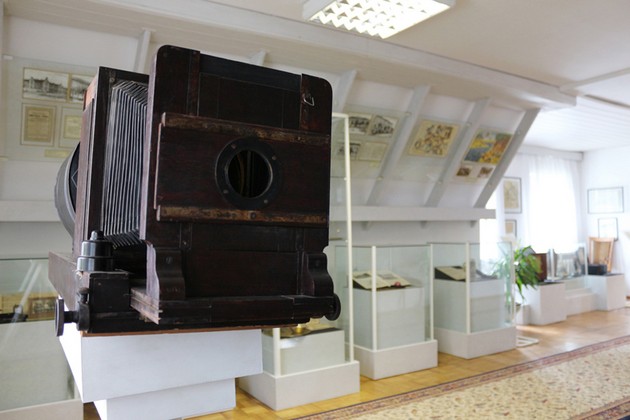
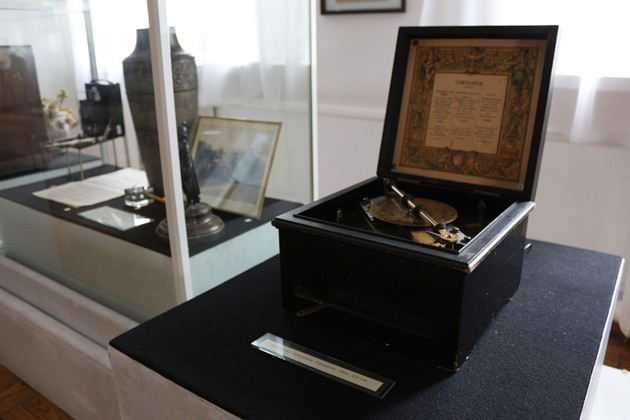

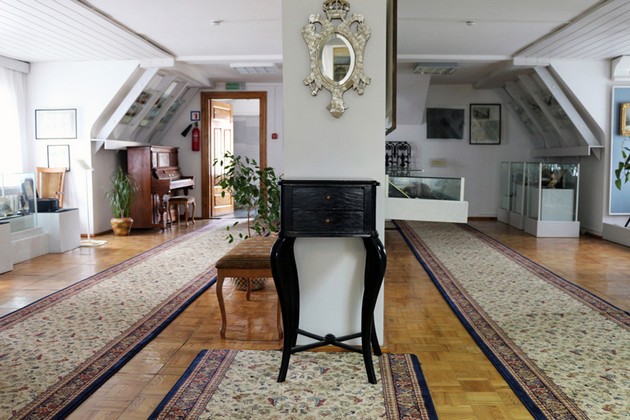






Leave a comment